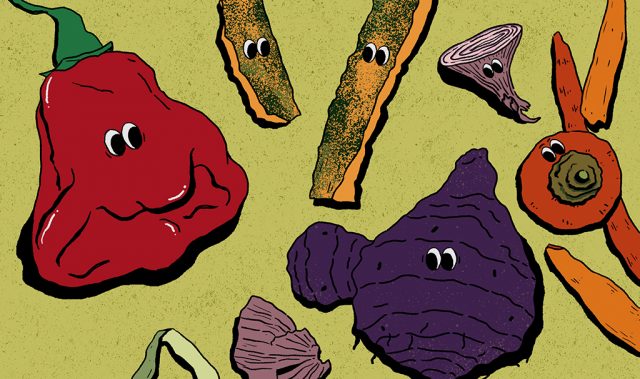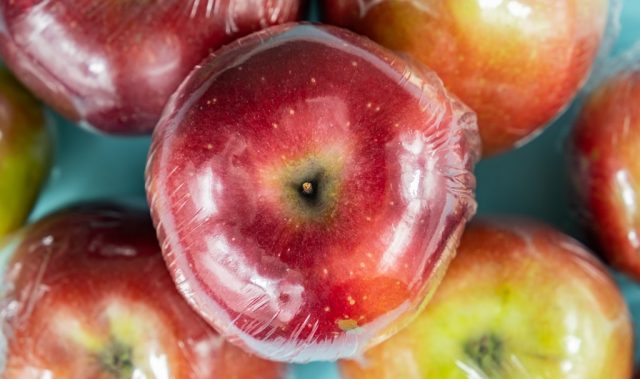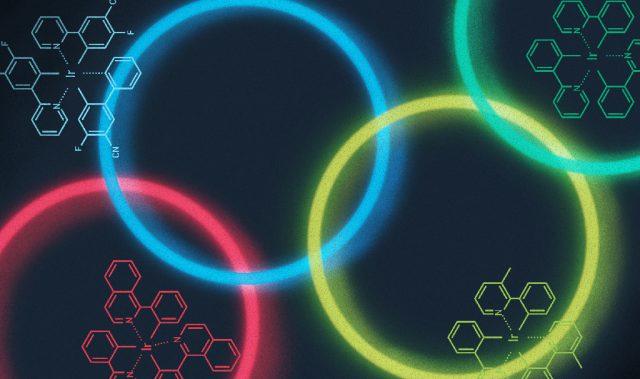
AsianScientist (Sep. 7, 2020) – In a study published in Environmental Science & Technology, researchers from Singapore have found a way to use fruit peel waste to recycle lithium-ion batteries. In fact, the team led by Professor Madhavi Srinivasan at Nanyang Technological University, Singapore (NTU Singapore), found that orange peels could extract up to 90 percent of the precious metals found in spent lithium-ion batteries.
While lithium-ion batteries have enabled a mobile revolution, dealing with the waste produced when the batteries reach the end of their lifespan is challenging. Spent batteries are conventionally treated with extreme heat to smelt valuable metals, a process that emits hazardous toxic gases. Alternative approaches that use strong acid solutions or weaker acid solutions with hydrogen peroxide to extract the metals are being explored, but they still produce secondary pollutants that pose health and safety risks, or rely on hydrogen peroxide which is hazardous and unstable.
In a method that simultaneously tackles both electronic and food waste, the team demonstrated that orange peels could replace hydrogen peroxide in the recycling process, supporting the development of a circular economy. They found that when orange peels are dried, ground into a powder and combined with citric acid, they can be used to extract about 90 percent of the cobalt, lithium, nickel and manganese from spent lithium-ion batteries.
“The key lies in the cellulose found in orange peel, which is converted into sugars under heat during the extraction process. These sugars enhance the recovery of metals from battery waste. Naturally-occurring antioxidants found in orange peel, such as flavonoids and phenolic acids, could have contributed to this enhancement as well,” explained study co-corresponding author Assistant Professor Dalton Tay.
Importantly, solid residues generated from this process were found to be non-toxic, suggesting that this method is environmentally sound, he added. From the recovered materials, the team then assembled new lithium-ion batteries, which showed a similar charge capacity to commercial ones.
“This waste-to-resource approach could also potentially be extended to other types of cellulose-rich fruit and vegetable waste, as well as lithium-ion battery types such as lithium iron phosphate and lithium nickel manganese cobalt oxide. This would help to make great strides towards the new circular economy of e-waste, and power our lives in a greener and more sustainable manner,” added Professor Madhavi Srinivasan, co-director of the NTU Singapore-CEA Alliance for Research in Circular Economy (NTU SCARCE) lab.
The article can be found at: Wu et al. (2020) Repurposing of Fruit Peel Waste as a Green Reductant for Recycling of Spent Lithium-Ion Batteries.
———
Source: Nanyang Technological University; Photo: Nadi Lindsay/Pexels.
Disclaimer: This article does not necessarily reflect the views of AsianScientist or its staff.












